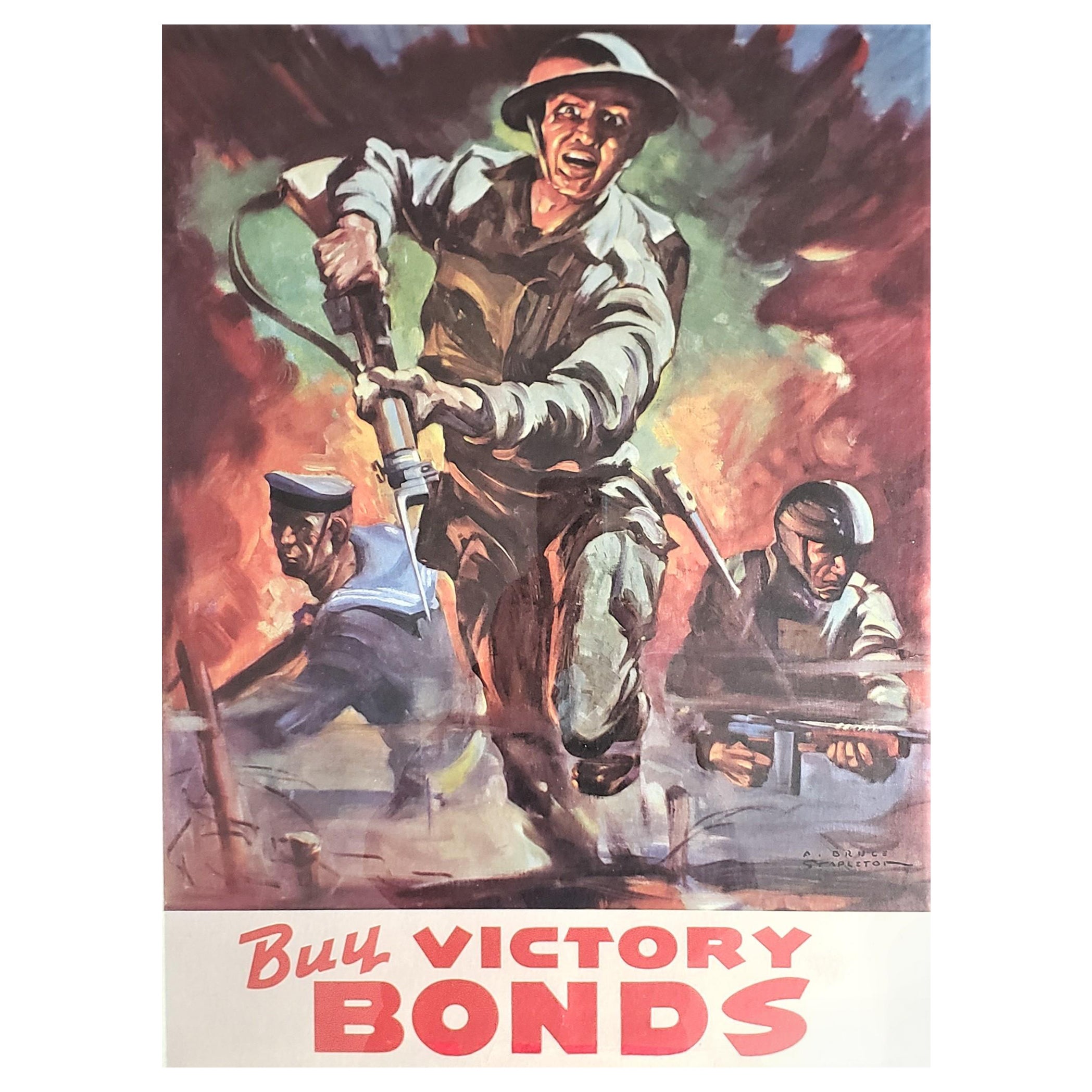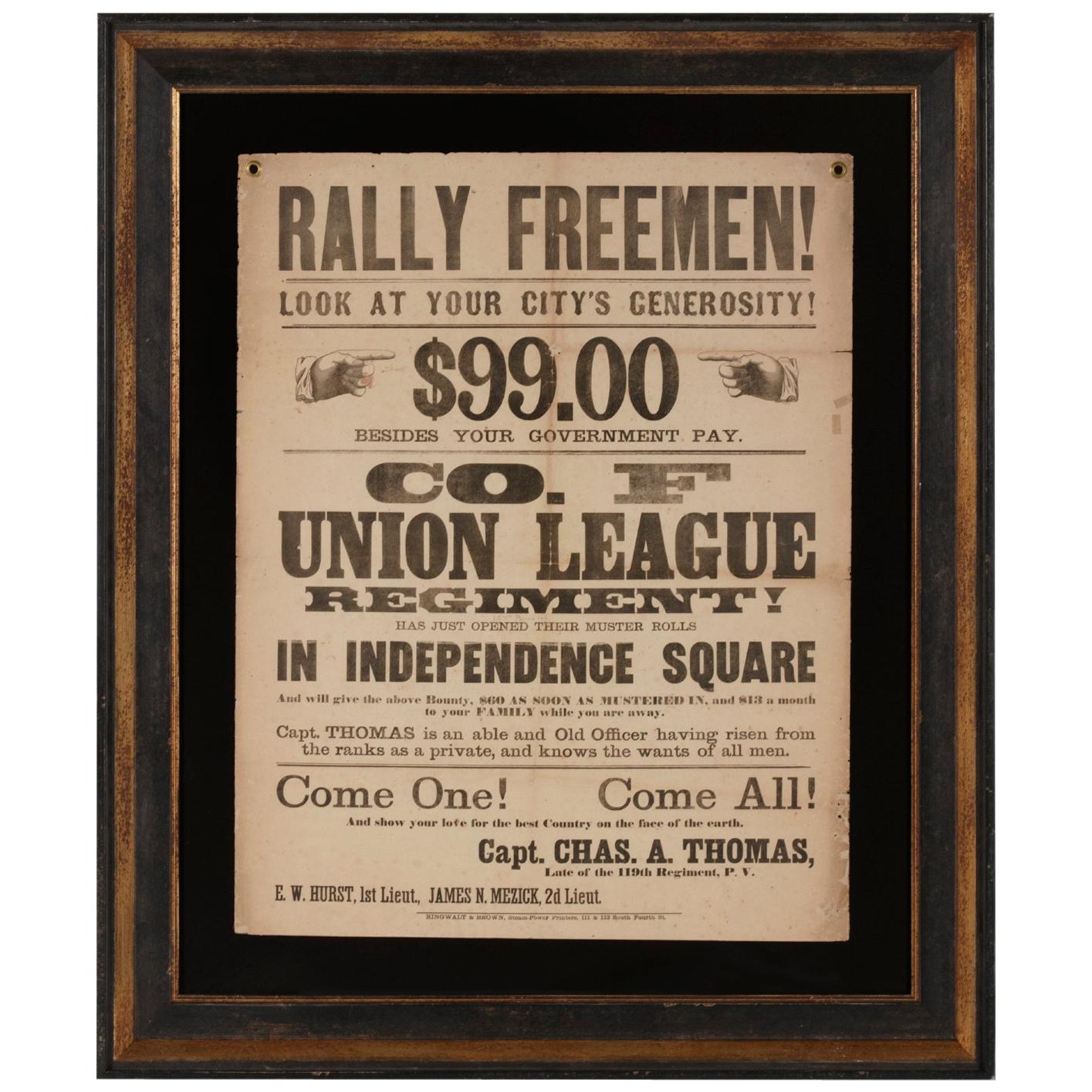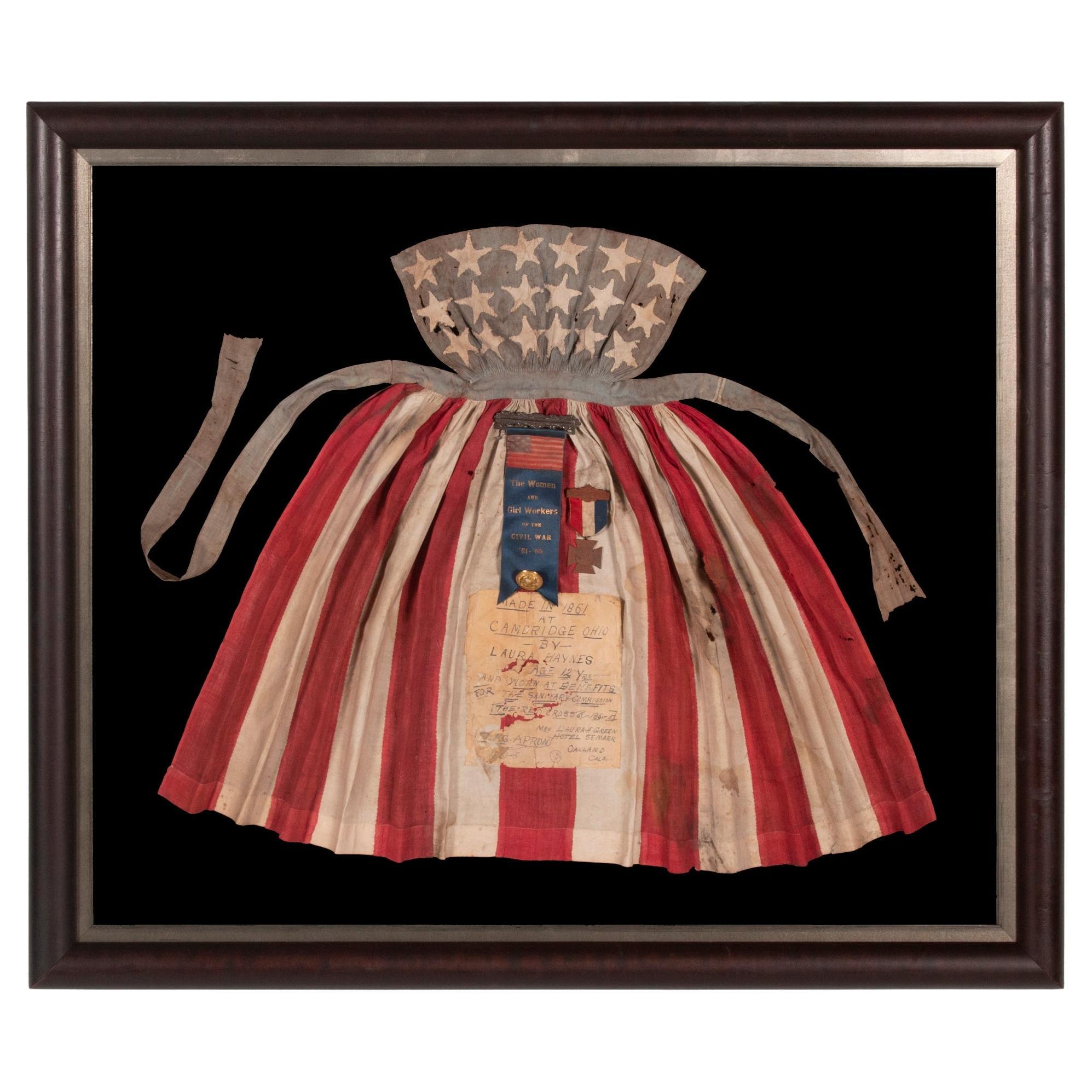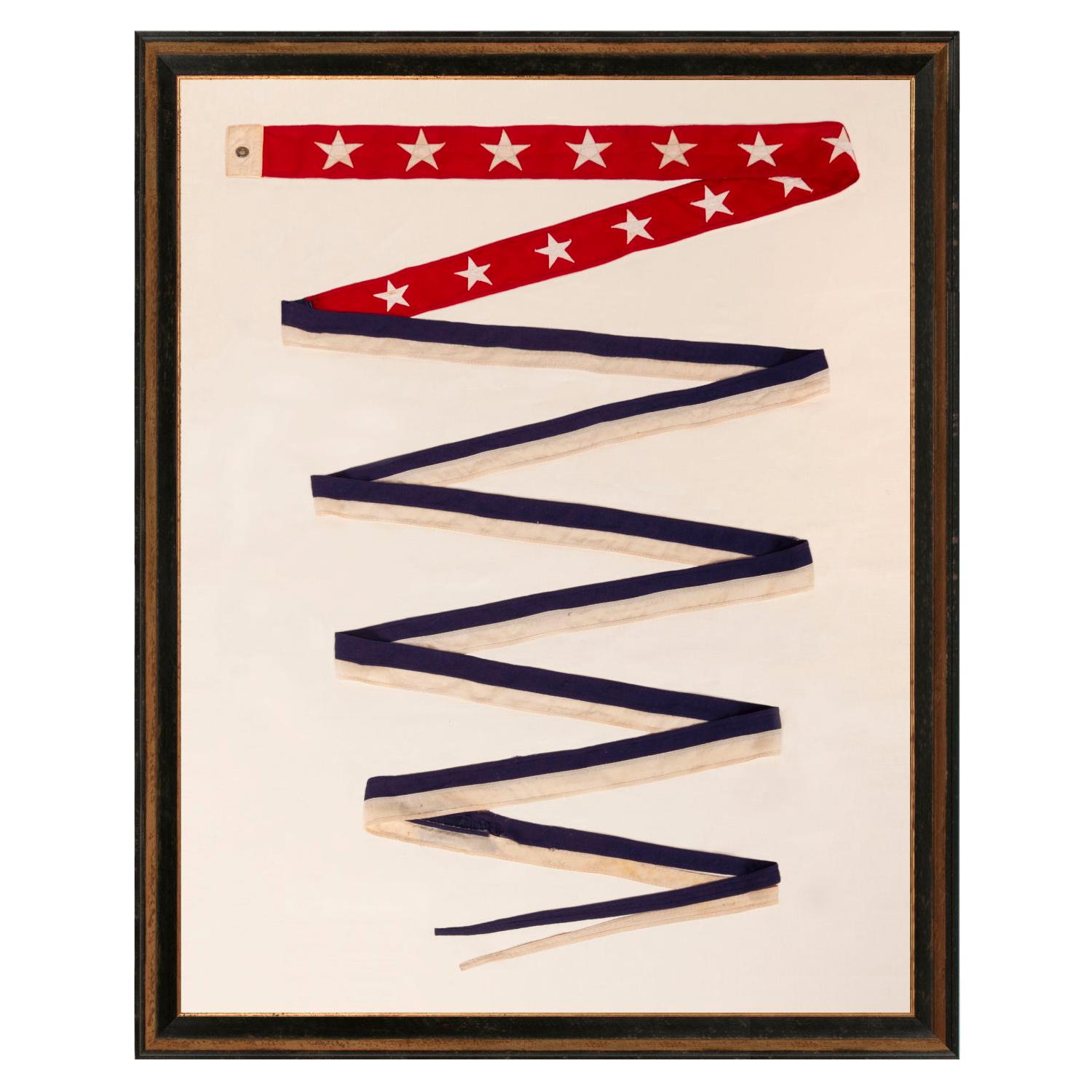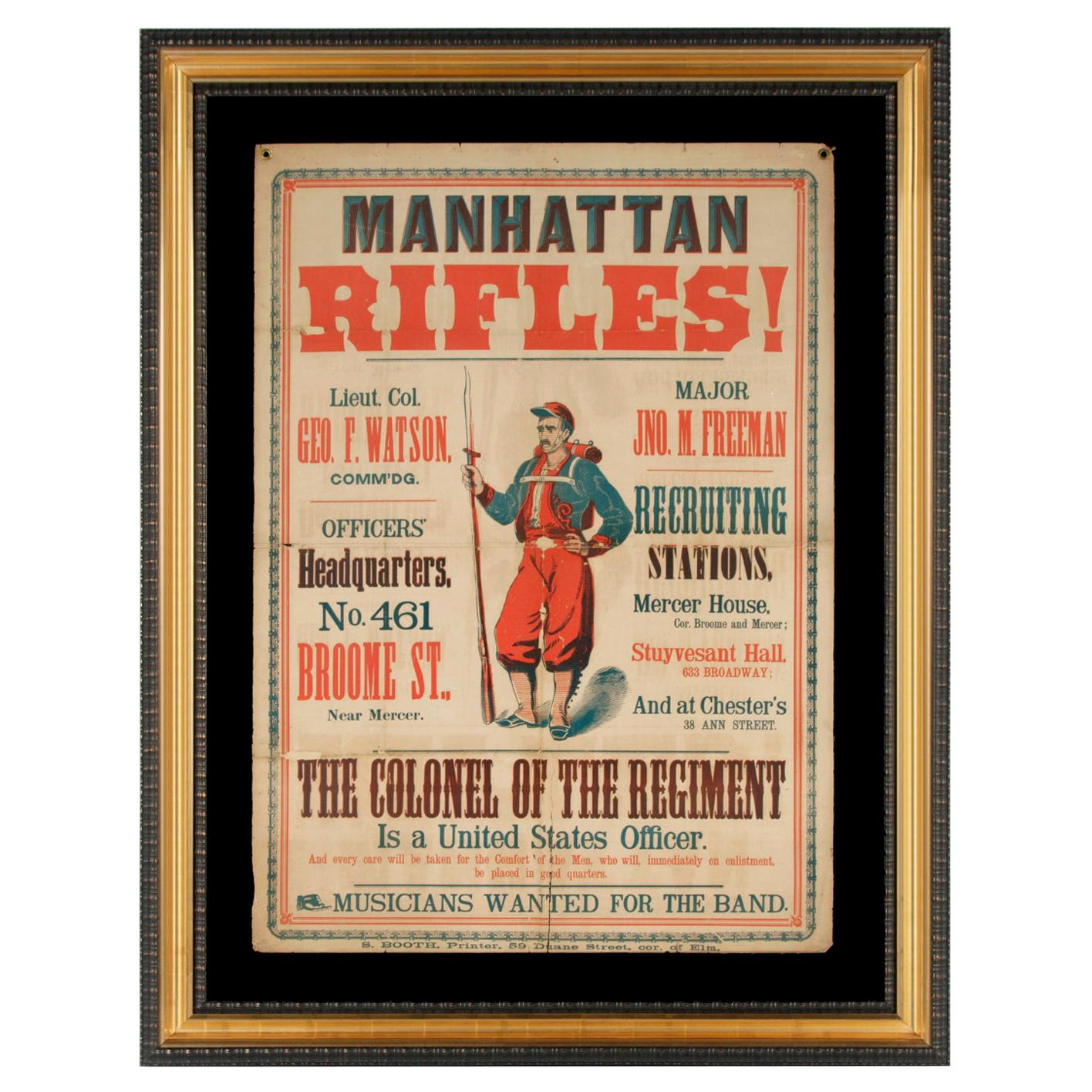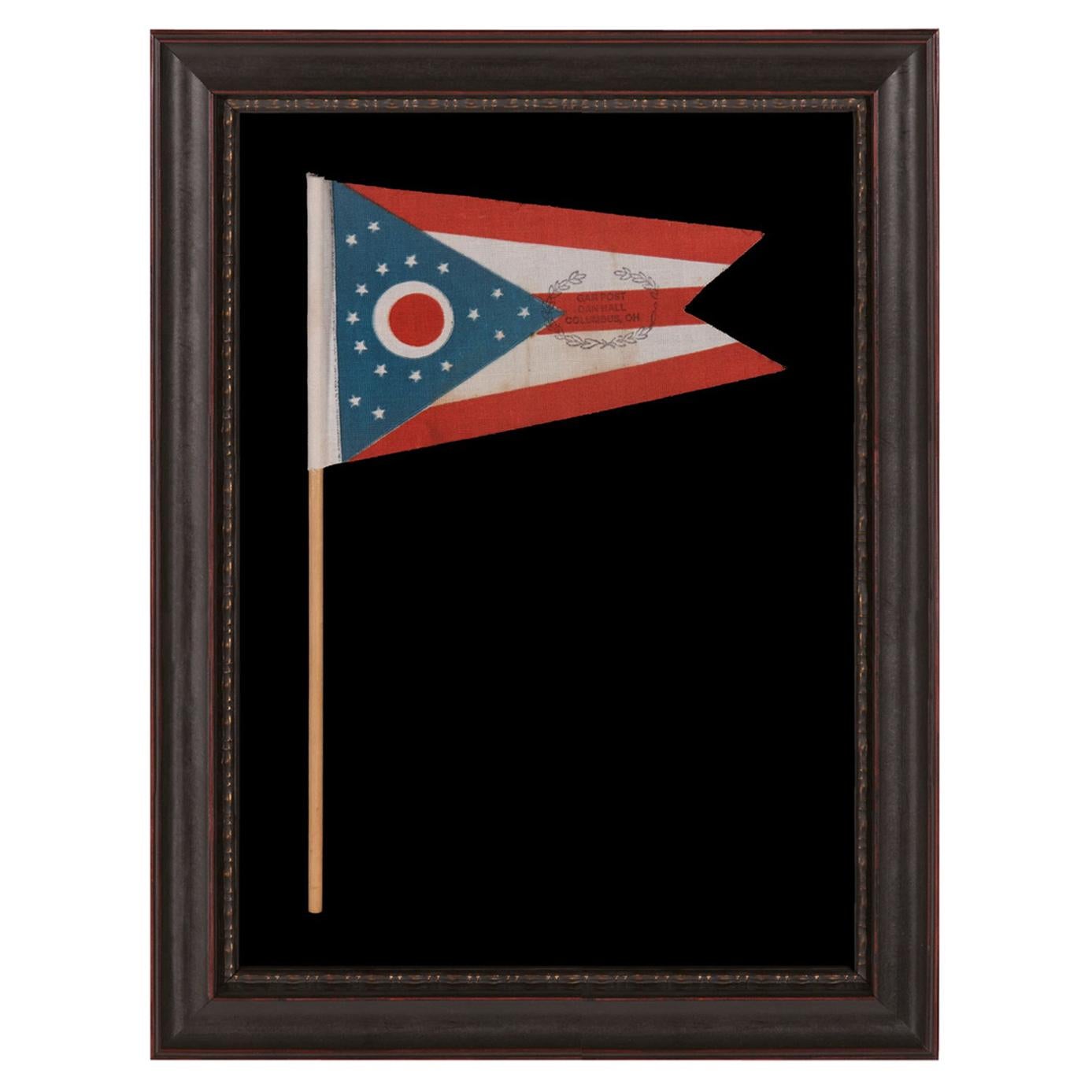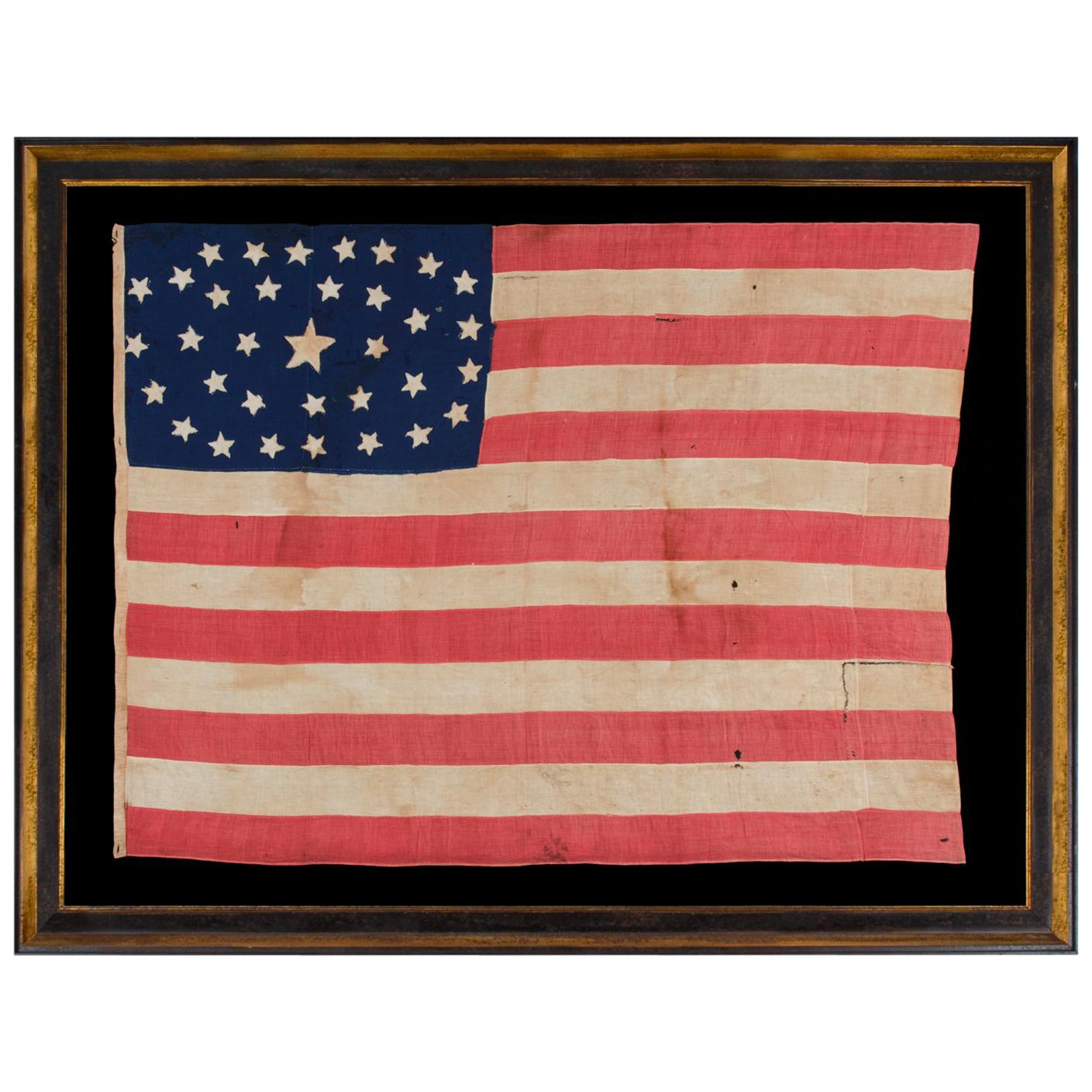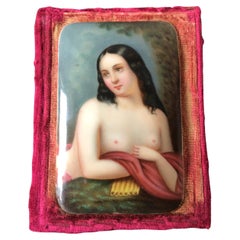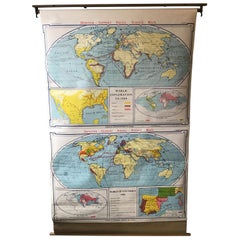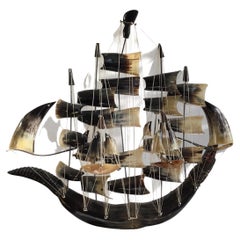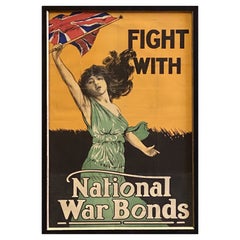
World War II British Minature Ship Models by Framburg
View Similar Items
Want more images or videos?
Request additional images or videos from the seller
1 of 8
World War II British Minature Ship Models by Framburg
About the Item
- Dimensions:Height: 13.25 in (33.66 cm)Width: 17 in (43.18 cm)Depth: 4 in (10.16 cm)
- Period:
- Date of Manufacture:1940s
- Condition:Wear consistent with age and use. Each board that a ship sits on is 7 x 1.75.
- Seller Location:Tarrytown, NY
- Reference Number:1stDibs: LU107827143783
About the Seller
4.9
Vetted Seller
These experienced sellers undergo a comprehensive evaluation by our team of in-house experts.
Established in 1993
1stDibs seller since 2014
1,591 sales on 1stDibs
Typical response time: 1 hour
More From This SellerView All
- 1870s Minature Portrait on Porcelain of Nude WomanLocated in Tarrytown, NYCategory
Antique 1870s Paintings
MaterialsPorcelain
- 1967 World Exploration School MapLocated in Tarrytown, NYPull down world exploration map from 1967.Category
Vintage 1960s Maps
MaterialsPaper
- 1950s Hand Carved Horn Ship on Horn BaseLocated in Tarrytown, NY1950s Hand Carved Horn Ship on Horn Base - connected with string Over 40 pieces of Horn in an impressive Size Colors: Brown, White, Cream Sailing ship Nautical Handmade with re...Category
Vintage 1950s Unknown Figurative Sculptures
MaterialsHorn
- 1940s Oil On Canvas By Labasque Titled The Model And The PainterLocated in Tarrytown, NYOil on canvas of a model and painter by Labasque, painted in 1945. Painting is 21.5 x 18.5 . Great old gallery labels on back.Category
Vintage 1940s Paintings
MaterialsCanvas
- Pair of Guy Thirion Limoges Trays of a Viking and British Royal GuardsmanLocated in Tarrytown, NYPair of Guy Thirion Decor Main Paris Limoges trays of a Viking and a British guardsman.Category
Vintage 1960s Ceramics
MaterialsCeramic
- Bicyclists by the Sea Print by Michal BoulatLocated in Tarrytown, NYBicyclists by the sea print in brass frame by Michal Boulat.Category
1990s Prints
MaterialsPaper
You May Also Like
- "The Second World War, " by Winston ChurchillBy Houghton Mifflin & Co.Located in Austin, TXThe Second World War by Winston Churchill from Houghton-Mifflin Company, Boston. A vintage edition of Winston Churchill's six-volume memoir, The Second World War, for which he was a...Category
Mid-20th Century American Modern Books
MaterialsPaper
- Antique World War 2 Bruce Stapleton 'Victory Bonds' Patriotic Framed PosterLocated in Hamilton, OntarioThis WW2 patriotic 'Victory Bonds' poster shows no printers signature, but the original image was done by Bruce Stapleton for the Canadian war effort in app...Category
Mid-20th Century Canadian Art Deco Political and Patriotic Memorabilia
MaterialsPaper
- Fight with National War Bonds Vintage British WWI Poster, Circa 1917-18Located in Colorado Springs, COThis is a vintage British WWI Poster, urging viewers to "Fight with National War Bonds." The poster features a woman in classical robes, hosting a British flag in an outstretched hand, with an impassioned and urgent look on her face. The poster was printed in England by Hill, Siffkin, & Co, circa 1917-1918. During WWII, England relied heavily on the willingness of its citizens to lend money...Category
Vintage 1910s Posters
MaterialsPaper
$1,720 Sale Price20% Off - Folk Art Ship from World War-IILocated in Dallas, TXFolk Art Pacific Princess Ship made by sailors from World War-II Made with matches and other wood and paint.Category
Vintage 1940s Outsider and Self Taught Art
MaterialsWood
- "Rally Freemen!..." Civil War Recruitment BroadsideLocated in York County, PA"RALLY FREEMEN! …COME ONE! COME ALL! AND SHOW YOUR LOVE FOR THE BEST COUNTRY ON THE FACE OF THE EARTH." A CIVIL WAR RECRUITMENT BROADSIDE FOR THE...Category
Antique 1860s American Political and Patriotic Memorabilia
MaterialsPaper
- Civil War Apron, Made In Cambridge, OH by Laura, Hynes, ca 1861Located in York County, PACIVIL WAR PERIOD APRON, MADE IN CAMBRIDGE, OHIO IN 1861 BY 12-YEAR-OLD LAURA HAYNES, WORN BY HER AT BENEFITS FOR THE U.S. SANITARY COMMISSION, PREDECESSOR OF THE RED CROSS, THAT STAFFED, FUNDED, AND MODERNIZED CIVIL WAR HOSPITALS Laura Haynes was born on the 17th of June, 1847 to Vincent and Sarah (Dillon) Haynes of Westland, Ohio (southeast of Columbus and due south of Zanesville). Vincent was listed as a physician in the 1850 U.S. Census, then as a lawyer in 1860, apparently having pursued both fields. It stands to reason that that during the Civil War (1861-1865), the Haynes family, being of means and with Vincent involved in the medical profession, might become involved in philanthropy to benefit Civil War hospitals. Made of plain weave cotton, this patriotic apron features 18 white, appliquéd, hand-sewn stars on a blue ground, cinched at the waist, with a blue belt incorporated below, followed by 13 vertical stripes, alternating red and white, likewise cinched, so that top and bottom have opposing triangular profiles. Aprons of this period did not generally have a loop or tie that went about the neck, to keep the breast portion up, but were rather pinned in place. All of the construction was accomplished by hand-stitching. One can see in the more crude stitching of the stars, how much more difficult it was to perform appliqué work than it was to hem fabric, especially for a 12-year-old girl. While the count of 18 stars may have had no purpose other than to fill the available space, to create a patriotic display, it may just as likely have been selected to reflect the number of states that were felt to be loyal to the Union at the time. Until July 4th, 1861, there were officially 33 stars on the American national flag. This, less the entire complement of 15 Slave States, would arrive at a count of 18. President Abraham Lincoln urged the nation not to do this, desiring not to give credence to secession, with his goal of keeping the Union together. But there were no flag police and people did as they wished, creating versions of the Stars & Stripes in both the North and the South that removed those the respective maker(s) deemed loyal to the opposition. Although rare, a number of American flags of the Civil War era are known that display 18 stars, likely to reflect the removal of 15 Southern States. In the upper center of the striped portion of the apron is a fraternal ribbon, made of blue satin silk, with a white metal brooch at the top and a gold button with an eagle below. This is decorated with a printed 13 star flag ribbon (applied), and with gilded text that reads: “The Women and Girl Workers of the Civil War; ’61-’65.” Next to this is the membership badge of the Women’s Relief Corp, which served as the women’s auxiliary of the Grand Army of the Republic, the primary organization for Civil War veterans. Below these, a hand-lettered exhibition tag was adhered, that reads as follows: “Made in 1861 at Cambridge Ohio by Laura Haynes; Age 12 Years; and Worn at Benefits for the Sanitary Commission [The Red Cross of 1861-5],” Followed by “Laura H. Green; Hotel St Mark; Oakland Calf.” Along the bottom of the tag is a brief title: “Flag-Apron of 1861-5,” with a circled item number “27.” The Sanitary Commission was founded in the Spring of 1861 by private citizens in New York City, who were appalled by the Army’s lack of medical supplies and sanitary conditions in the care of Civil War soldiers. Officially sanctioned by the War Department on June 9th of that year, and approved by Abraham Lincoln on June 13th, the chief planner and organizer was Boston-born writer and Harvard-educated clergyman, Henry Whitney Bellows of New York (b. 1814, d. 1882). Bellows modeled the organization after the work of Florence Nightingale in the British Sanitary Commission of the 1850’s, and brought with him a force of volunteers belonging to an organization he led called the Woman’s Central Association of Relief of New York. In 1863, Bellows would become one of the four founders of the Union League Club of New York, with fellow Sanitary Commission leaders Frederick Law Olmsted (the designer of Central Park, considered to be the father of modern landscape architecture,) plus George Templeton Strong (American composer, painter, lawyer, and prolific diarist), and Oliver Wolcott Gibbs (Harvard professor, chemist, and physician). The goal of the Union League Club was to join like-minded and influential, moneyed men with the cause of both the Commission and the Union in general. In 1881, Sanitary Commission nurse Clara Barton would carry the torch forward, expanding upon the concept to form the Red Cross. Sanitary Fairs—large, fundraising events held to benefit the Commission—were held in New York, Philadelphia, Baltimore, Chicago, St. Louis, and elsewhere. The Northern Ohio Sanitary Fair was almost certainly attended by Laura Haynes, 16 years old by that time, who is likely to have worn the apron there. Held in Cleveland from Feb. 22nd – Mar. 10th, 1864, the fair was opened by Major General James Garfield, future President of the United States, who, it is said, was extremely well received. About 3 years later, on June 11th, 1868, Laura married Robert M. Green of Cambridge, Ohio (northeast of Westland), who shared her June 17th birthday. Born 2 years prior to Laura, in 1846, Robert enlisted as a Corporal with “A” company of the 85th Ohio Infantry, a 3-month unit, on May 27th, 1862. Mustering in on June 10th, I Columbus, at Camp Chase, the 85th was assigned to guard Confederate prisoners at the garrison. He mustered out on the 23rd of September. By 1880, Robert & Laura Green had relocated to Oroville, California (Butte County...Category
Antique 1860s American Political and Patriotic Memorabilia
MaterialsCotton
Price Upon Request

